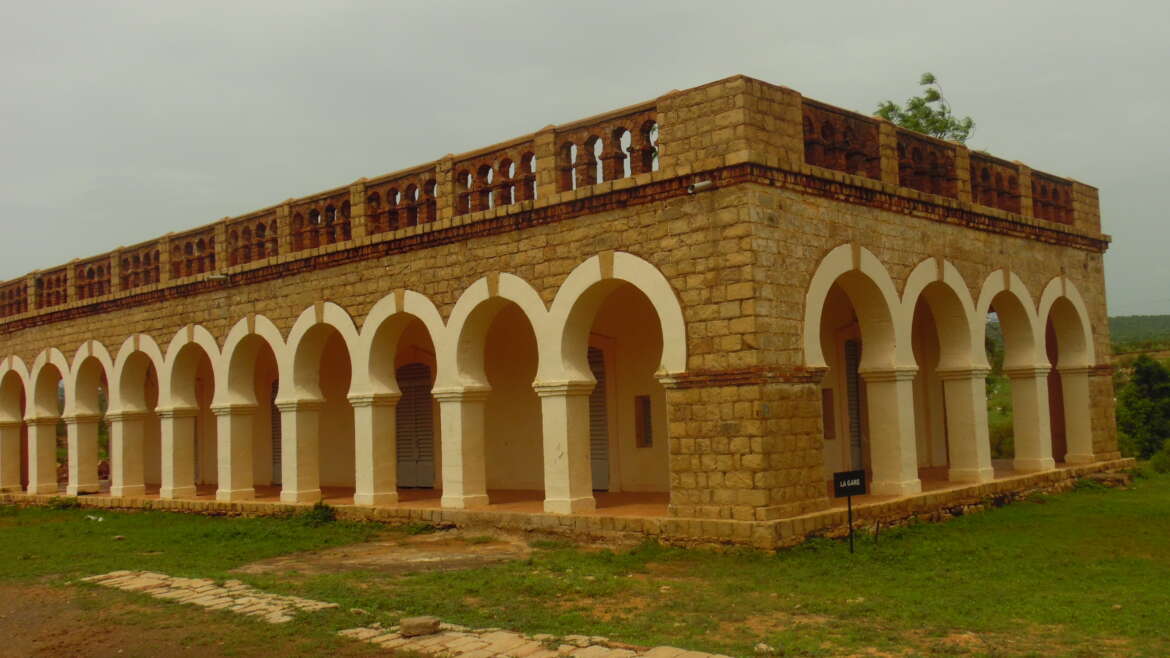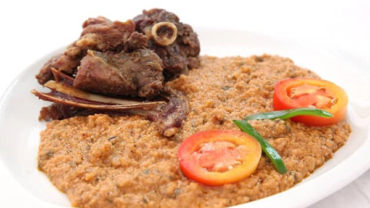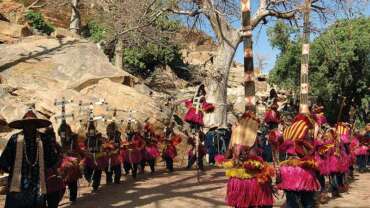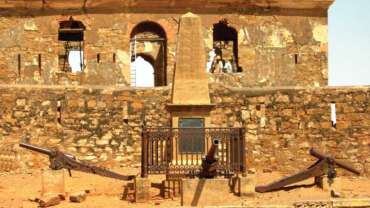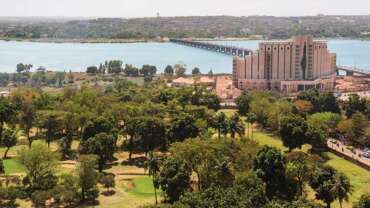Cultural Potentials of Mali
The country’s prestigious historical past (home of great kingdoms and empires), its culture and its privileged geographical position in the heart of West Africa have largely contributed to the richness and diversity of Malian tourism potential. It is today one of the most popular destinations had it not been for the security crisis in the Sahelo-Saharan region of West Africa.
The multitude of ethnicities and the historical heritage make it a rich and diversified culture, preserving at the same time its traditions such as orality with griots or crafts and opening, since its independence, to literature, to the theater. , cinema and photography. In Mali each ethnic group lives to the rhythm of its traditional music. Music is at the center of Malian life and Mali has managed to conserve the important elements of its culture.
Mali is full of enormous tourism potential which is attracting more and more the attention of tourism operators and developers.
Cultural Heritage
Most of the tourism potential is based on cultural heritage. Mali currently has twelve (12) entities classified as world heritage:
• the site of Djenné-Djeno,
• the Mosque of Djenné,
• the city of Timbuktu,
• Gao and the Tomb of Askia,
• the septennial rehabilitation of Kamablon de Kangaba,
• the crossing of the oxen of Diafarabé and Dialoubé,
• the dogon natural and cultural sanctuary,
• the collective fishing of San Sanké Mô,
• the Kouroukanfouga charter,
• the masks and puppets of Markala,
• the Korodouga society
• the cultural expressions linked to the balafon,
• the Imzad Tamashek.
The country has in particular natural sites, a dozen protected areas and a RAMSAR site(the Inner Delta of the Niger River). Among the areas, the Gourma nature reserve should be noted, with around 500 pachyderms, the largest in the tropical zone. These sites are conducive to the practice of various forms of tourism including eco-tourism. Mali is crossed by the two largest rivers in West Africa (Senegal and Niger), these rivers constitute as many assets for tourism. In view of these elements, it appears that Mali has as many cultural as natural attractions which testify to a real potential for tourist development. The aim will be to make this potential attractive, visible and competitive in the big cities. markets that generate tourists by overcoming all challenges.
The Architecture
The architecture of Mali is unique in Africa and in the world. It includes mud buildings such as the Great Mosque of Djenné built in the 13th century or the University of Timbuktu. It can be found all over the Sahel region of Africa. Malian architecture developed during the Empire of Ghana which founded most of the major cities in Mali.
In a large part of Mali, mud-brick architecture is a centuries-old mode of construction that is still in place and very much alive. It also offers a double attraction: a lower cost of construction and maintenance and important bioclimatic qualities in this Sudano region. Sahelian.
In addition to its exceptional landscapes of cliffs and sandstone plateau integrating very beautiful architecture (houses, attics, altars, sanctuaries and toguna – men’s shelters), Dogon architecture is specific.Most of the villages are located in the cliffs and accessible by steep paths that take the faults of the plateau or by quite accessible paths.
During the colonial era, French architects relied on Sudanese codes to create colonial buildings, thus giving birth to neo-Sudanese architecture.
Traditional Hairstyle
In Mali, ornaments and braids were used to differentiate between a woman, a girl or a widow. The braids in Mali illustrate cultural expression and most raffinée.Ce undeniable aesthetic artistic symbol is a social language by people.
Braids sometimes have ritual significance. In our country, women and their daughters wear original and specific braids which reflect the identity of loyal ethnic groups. The old generation regrets that these braids which were the pride of Mali, which symbolized a whole culture were left aside by the younger generation. As an example, we present the case of the Khassonké community of Kayes.
Thus the “Tonto or Karafé” stigmatize the excised girls. The Tonto is very simple. It is a braid of hair lengthened by the “Yossi” which starts from the forehead to the nape of the neck and whose central horn is tilted towards the nape. “We can adorn it with cowries”.
Malian braids were widely exported, even exceeding the limits of the African continent, they were scattered throughout the world at the same time as black slaves. The braid is quite an ART and an effective means of expression and social cohesion.
Fashion style
The marriage of tradition and modernism of fabrics produced or dyed by craftsmen such as bogolan, woven loincloth, bazin and wax, are tailor-made by local tailors.
Bazin not produced in Africa is finely reworked by dyers. The woven loincloth and jewelry regain all their glory. As for wax, inspired by Africa and produced for this market, it finds its place in the hands of couturiers and stylists of this continent. In Mali, tailors are outdoing themselves to create traditional clothes and outpace the competition.
Mali being a country enormously rich in culture, this richness is also felt in the traditional clothes because almost each ethnic group has a style and a particular and atypical dress code.Each cultural ceremony is also marked by a well-defined style from marriage to funeral in going through baptisms.
Dance
Traditional dance is an integral part of the artistic and cultural heritage of our country. The most famous are the masked dances. A real tool for social cohesion, dance occupies a prominent place in the traditional and customary ceremonies of our country.
There are several types of dance:
• the teguèrè dance organized on the occasion of collective fishing;
• the didadi, a popular dance derived from a dance originating from the wassoulou called “Djagoua bari”;
• the soumou (sarakolée dance) is a dance of joy performed to celebrate the end of the harvest;
• takamba in Sonrhaï environment;
• balani in the Senufo environment;
• the masked dances of the Dogons, a dance which is done with the movements of all the members.
The music
In Mali, music is also the culture of the griots, right holders of this art. Traditional music is still widely used and highly regarded. The diversity of Malian music highlights the richness and cultural diversity of Mali. This is how we can meet different musical styles such as hunter songs, wassoulou music, griots, etc.
The instruments used are mainly the n’goni, the kora, the balafon, the bara, the n’dounu, the tabalé, Flénkolon balani etc. The Imzad of the tamasheks and the balafon are classified as UNESCO intangible heritage.



